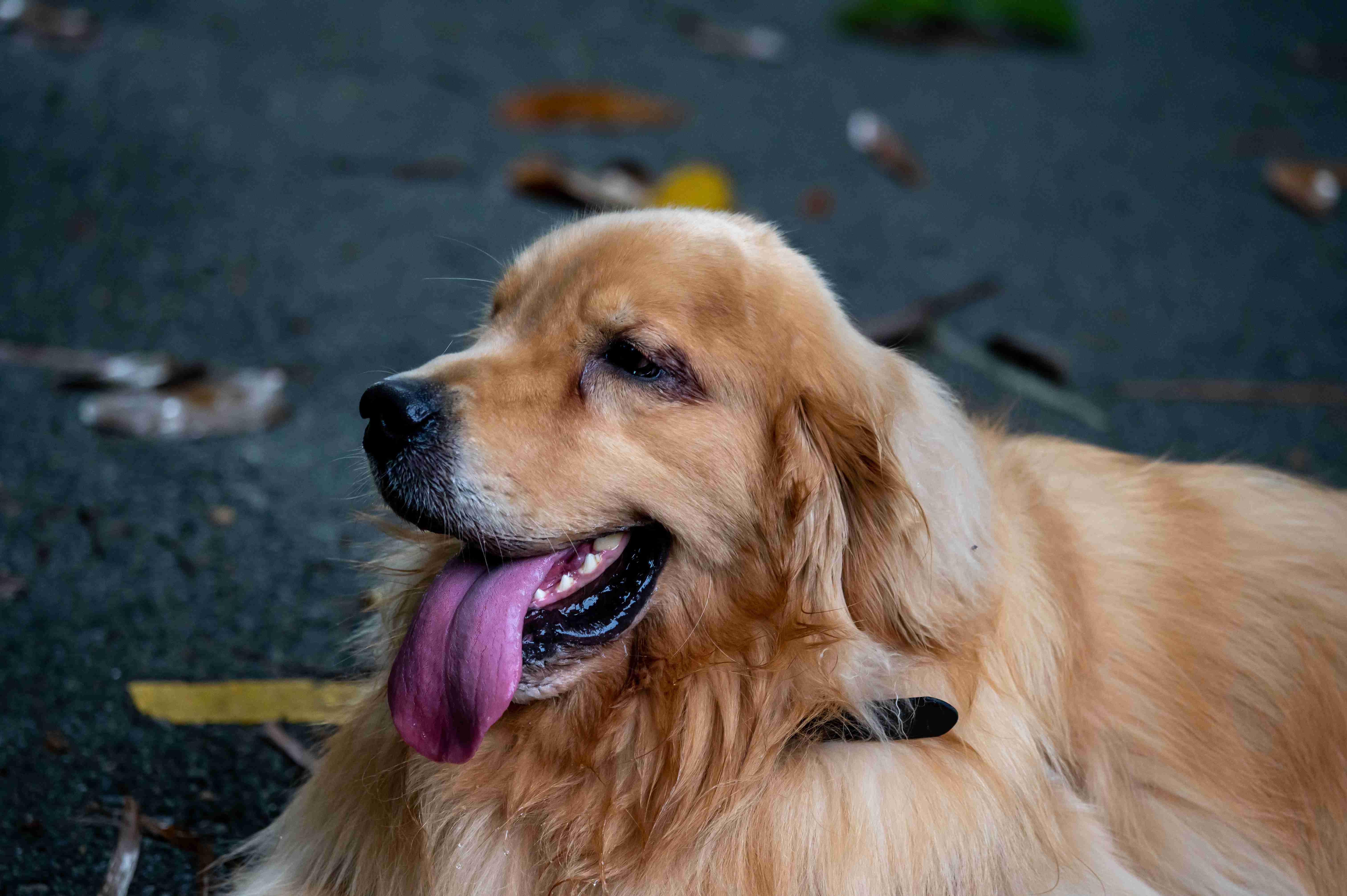Golden Retrievers are known for their friendly nature, playful personalities, and boundless energy. However, like any other breed, they are susceptible to certain health conditions. One such condition that affects many Golden Retrievers is hip dysplasia. This painful and debilitating condition can significantly impact a dog’s quality of life if not detected and treated early on. In this blog post, we will explore the signs of hip dysplasia in Golden Retrievers and provide you with the knowledge to recognize these telltale signs in your furry friend. By understanding the symptoms, you can take proactive steps to ensure your Golden Retriever receives the necessary care and support to live a happy, healthy life. So, let’s dive in and learn more about this common health issue in Golden Retrievers.
Title: Golden Retriever Health: Recognizing the Telltale Signs of Hip Dysplasia
Golden Retrievers are beloved family pets known for their friendly and playful nature. However, they are also prone to certain health conditions, one of them being hip dysplasia. This hereditary condition affects the hip joints, causing pain, discomfort, and mobility issues for your furry friend. In this blog post, we will explore the signs and symptoms of hip dysplasia in Golden Retrievers, empowering you to identify and address this condition early on, ensuring the best possible care for your beloved pet.
Signs and Symptoms of Hip Dysplasia in Golden Retrievers:
1. Difficulty in Rising: If you notice your Golden Retriever struggling to get up from a lying or sitting position, it could be an early sign of hip dysplasia. They may display stiffness or resistance while trying to stand.
2. Limping or Lameness: Hip dysplasia often leads to uneven weight distribution on your dog’s legs, resulting in a noticeable limp or favoring of one leg over the other. This lameness might become more pronounced after exercise or prolonged activity.
3. Bunny Hopping: When your Golden Retriever starts to hop like a bunny, using both hind legs together instead of the typical alternating movement, it could indicate hip dysplasia. This unusual gait is a compensatory mechanism to alleviate pain and discomfort.

4. Decreased Activity Levels: A once energetic and active Golden Retriever suddenly becoming less enthusiastic about physical activities, such as running, jumping, or playing fetch, could be a sign of hip dysplasia. They may also tire easily or show reluctance to engage in strenuous exercises.
5. Difficulty Climbing Stairs or Jumping: Hip dysplasia affects the mobility of your dog’s hind legs, making tasks like climbing stairs or jumping onto furniture challenging and painful for them. You may notice hesitation or reluctance to perform these actions.
6. Loss of Muscle Mass: As hip dysplasia progresses, the affected hip joint becomes more unstable, leading to decreased usage of the leg. This lack of movement can result in muscle wasting or atrophy, particularly in the hindquarters.
7. Audible Clicking or Grinding Sounds: In some cases, you may hear clicking, popping, or grinding sounds coming from your Golden Retriever’s hip joints when they walk or move. These noises are caused by the abnormal rubbing of bone surfaces due to the hip dysplasia.
Recognizing the signs and symptoms of hip dysplasia in Golden Retrievers is crucial for early detection and intervention. If you notice any of the aforementioned signs, it is important to consult with your veterinarian promptly. They will conduct a thorough physical examination, possibly followed by X-rays, to confirm the presence of hip dysplasia. Remember, early diagnosis and appropriate management, including medication, physical therapy, and potential surgical intervention, can significantly improve your Golden Retriever’s quality of life and mitigate the progression of this condition.
By staying vigilant and proactive about your dog’s health, you can ensure that your furry companion receives the necessary care and support to lead a happy, active, and pain-free life.
In conclusion, understanding the signs of hip dysplasia in Golden Retrievers is crucial for every responsible dog owner. By recognizing the early symptoms such as difficulty getting up, limping, or a noticeable change in gait, you can take proactive steps to ensure your furry companion receives the necessary care and treatment. Remember, early detection and intervention can greatly improve your Golden Retriever’s quality of life, allowing them to continue enjoying their favorite activities for years to come. So, stay vigilant, be proactive, and prioritize your Golden Retriever’s health because they deserve nothing less than the best. Together, we can make a difference in the lives of these beautiful and loyal creatures.





.jpg)
%20-%20Copy.png)
.png)
![Unlocking the Secrets: Training a Bernese Mountain Puppy in Just [X] Weeks 12 Unlocking the Secrets: Training a Bernese Mountain Puppy in Just [X] Weeks](https://s3.eu-central-1.wasabisys.com/cdn.halfofthe.com/PetWah/bernese%20mountain%20dog/Bernese%20Mountain%20Dog%20Photos%20PetWah%20(35)%20-%20Copy.png)